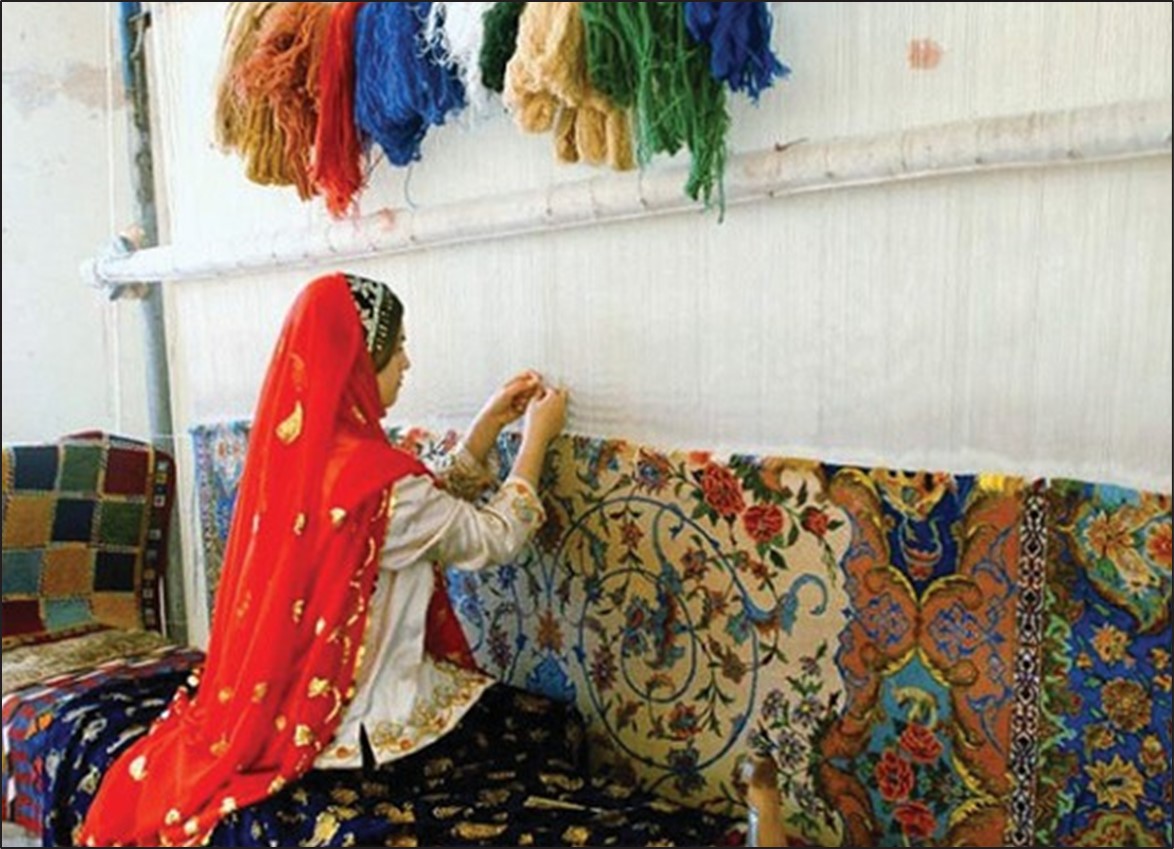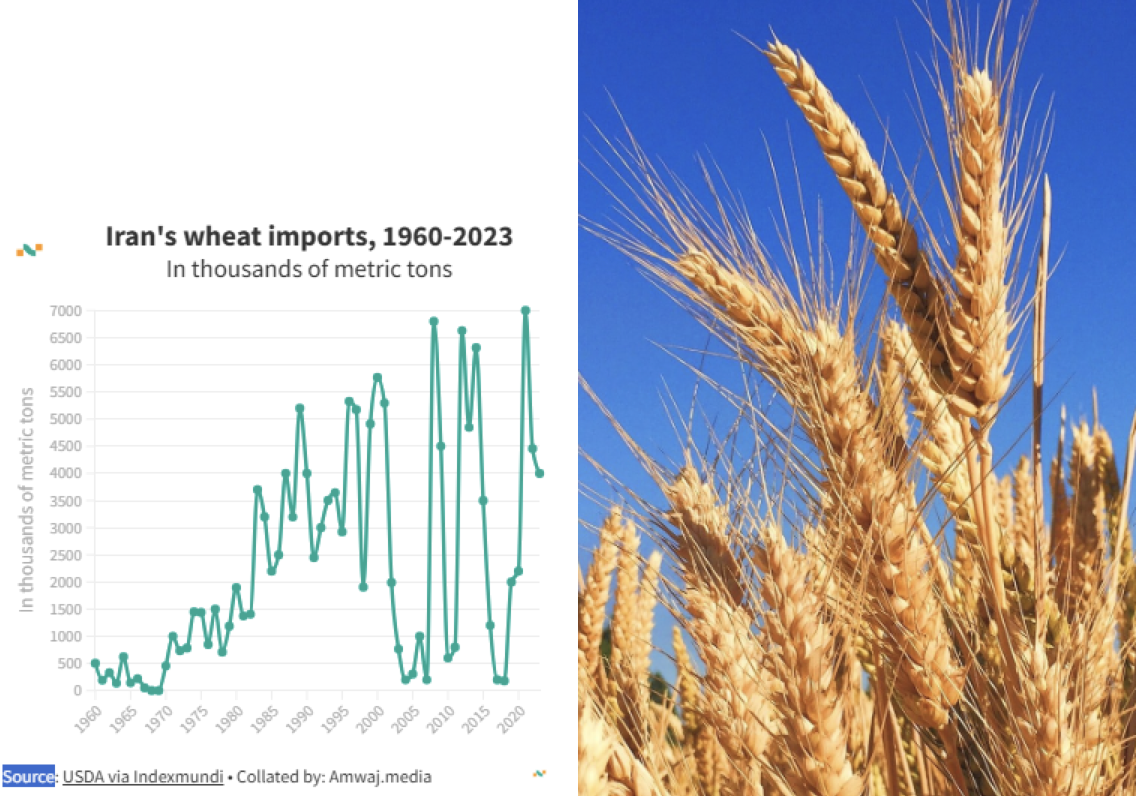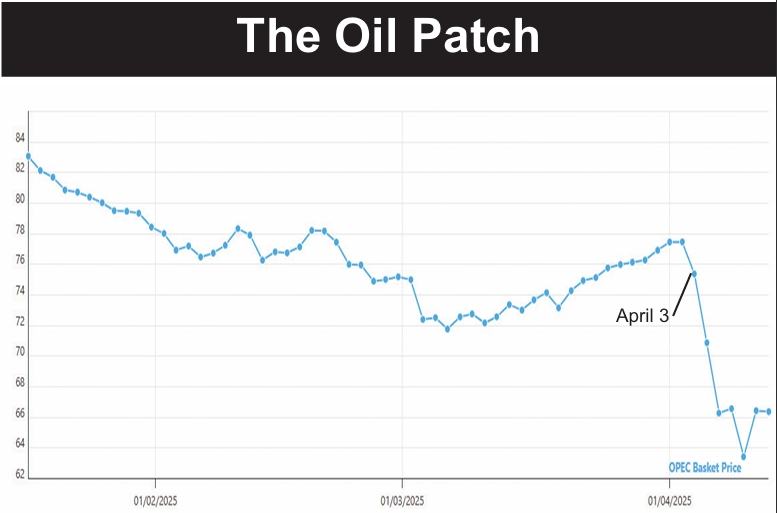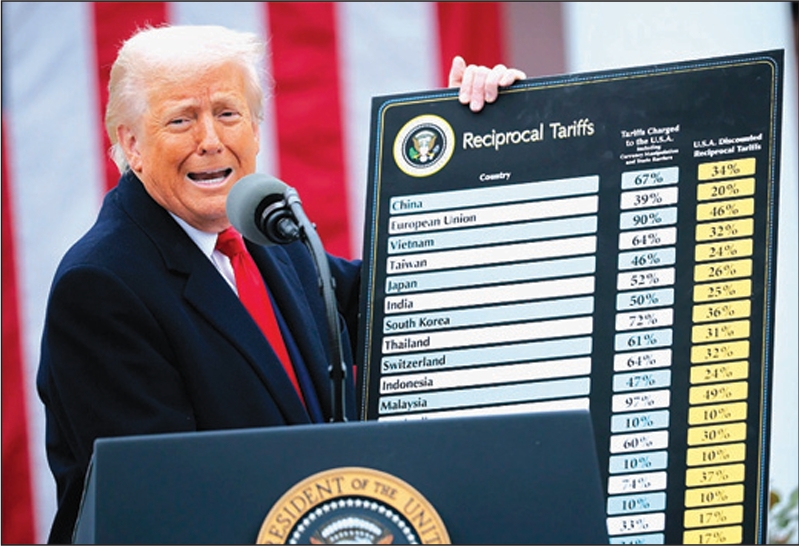November 29, 2024

The struggling state of the carpet and handicraft industry in Iran directly or indirectly affects the lives of at least 10 million people, particularly female carpet weavers. According to official government statistics, more than two million people in Iran are engaged in weaving, most of whom are village women and girls.
Despite the exploitation of workers by employers, the carpet weaving industry remains one of Iran’s key employment fields. However, workshops are now closing at a fast clip due to the decline of the market.
A female carpet weaver from Kashan, whose workshop is on the verge of shutting down after years of work, told IranWire, “Since 2019, things have gotten worse each year. My six sisters and I have been weaving carpets since we were eight. Every three months, we would complete one carpet, and weaving is the only way we make a living. All of us have weakened eyesight.
After marriage, each of us went on with our lives, but we continued weaving. I raised my two children on the income from carpet weaving, but since 2019, things have gotten worse and worse.” The woman, whose husband was a day laborer and became disabled after falling from scaffolding in 2019, added, “Now, my husband can no longer work, but even before, his work was inconsistent.
I was the primary breadwinner. Now the workshop where I work is closing because carpets aren’t selling, and the owner says he’s going to give up his license and open a grocery store or a sewing workshop instead.” Describing her working conditions and those of the other female weavers in her workshop, she said: “All the workers are women.
We start work every day at 8 a.m. and tie knots until 1 p.m. After a short lunch break, we continue working until at least 7 p.m. Wages are very low. A fine, six-meter silk carpet might sell for 100 million tomans ($1,700), but our wages, depending on skill, range from 3,000 to 10,000 tomans [5 cents to 17 cents] per hour.” Despite these meager earnings, losing this income would be a major hardship for these women, many of whom are the heads of their households. A woman from Qaleh Ganj in Kerman province said her carpets haven’t sold for a long time.
“In our village, every woman has a loom, large or small, and one or more people in each household weave carpets. Some of us didn’t even have the initial funds to set up the loom, and the Imam Khomeini Relief Committee or the Mostazafin Foundation provided the basic materials and purchased our products. But now they no longer buy from us, and the carpets are piling up.” The wages these weavers receive are extremely low. “It takes about six months to weave a small carpet.
The money my sister and I earn is barely enough to live on, but after our father passed away, we have no choice but to continue working. I also do Baluchi embroidery, but it doesn’t sell like it used to.” According to various statistics, more than 65 percent of the country’s carpet weavers live in rural areas. In Kurdistan, 95 percent of the weavers are rural women. The 1990s were a golden era for Iranian carpet exports, bringing in more than $2 billion annually to Iran.
However, in 2023, carpet exports earned only $40 million. There are no exact figures on carpet production, but the Iranian Handwoven Carpet Producers and Exporters Association website quotes its vice president, Hamed Chamanrokh, as saying, “Overall, we estimate a 70 percent decline in production, while the National Carpet Center claims a 30 percent increase, which I don’t understand where is this growth coming from when production is down across the board?” Chamanrokh attributes the decline of the carpet industry primarily to export restrictions due to sanctions.
Other factors include the COVID-19 pandemic and Iran’s ongoing economic crisis. He says that handwoven carpets are now considered a nonessential item for many people, even in Iran. Another contributing factor is rural depopulation, as more villagers migrate to urban areas. Competition from machine woven carpets in China, Pakistan and elsewhere also has undermined Iran’s industry. A carpet workshop owner in Kashan told IranWire, “We are in serious trouble.
I have a small workshop with 80 workers, but with the near collapse of carpet exports, we can’t rely on the domestic market anymore. Workshops are closing one by one. Not only do the workers lose their jobs, but many others spinners, designers, knotters, exporters, and traders are also affected.
In Esfahan, more than 220,000 workshops exist, and many of the smaller ones are on the verge of closure.” On September 15, Mojtaba Taj, head of the Esfahan Handicrafts Union, told the Iranian Students News Agency (ISNA), “More than 400 license holders in the handicrafts sector have come to me to cancel their licenses and switch to other jobs.” He said most of them are looking to drive for Snapp the Iranian version of Uber or open businesses related to food and clothing.
The Iran National Carpet Center reports that out of the two million carpet weavers, only 230,000 have social security insurance. Another 50,000 are covered by rural and nomadic insurance, meaning only about 14 percent of the total carpet-weaving population has any insurance.
The United States first banned Iranian carpet imports during the hostage crisis. But tastes have changed around the world, with Persian carpet sales down in Europe without any import ban on them, so the end of US sanctions would not likely revive the carpet industry in Iran.




















